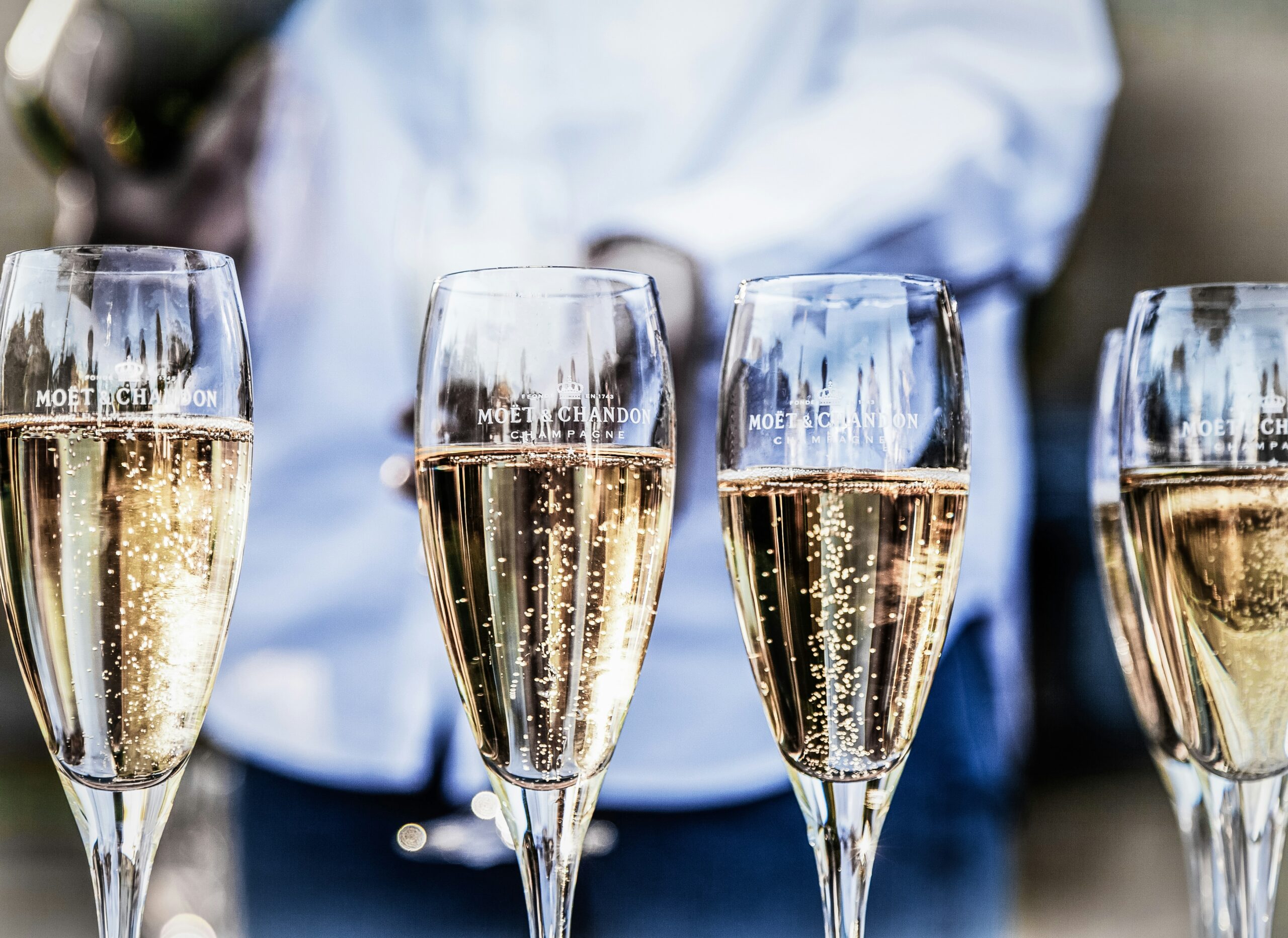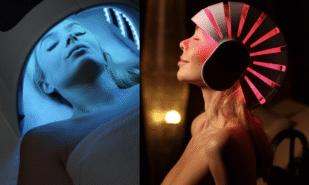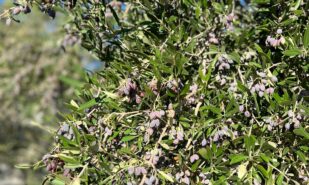The echoes of holiday toasts have faded, the New Year’s hangovers are behind us, and hundreds of thousands of people worldwide have swapped cocktails for mocktails this month as part of a movement that continues to gain popularity each year. Welcome to “Dry January,” a campaign launched in 2013 by the UK-based charity Alcohol Change UK. Back then, just over 4,000 people participated, but 12 years later, the trend has become a global phenomenon—a kind of reset button for those seeking clarity, better health, and a bit of self-reflection at the start of the year.
Dry January: A Sobering Trend
But what makes this month of sobriety so appealing, and what does it reveal about our relationship with alcohol? Let’s delve into the essence of “Dry January” and explore the unexpected joys of giving up alcohol.
The Science of Sobriety
For many, the holiday season is a time of indulgence, often marked by open bars and excess. Yet by January 1st, some people switch to water, juices, and sodas—and for good reason! Research conducted by the University of Sussex found that “Dry January” participants sleep better, concentrate more easily, and feel more energised. Add to that significant financial savings, weight loss, reduced anxiety, and a domino effect on overall well-being, and the benefits are substantial.
However, the initiative isn’t just about detoxing the body—it’s about re-evaluating habits. Dr. Richard Piper, CEO of Alcohol Change UK, emphasizes that the point isn’t to stop drinking forever but to understand the impact of taking a break and to learn from it.
Rethinking Social Rituals
One of the biggest challenges for “Dry January” participants is navigating social settings where alcohol often takes center stage. How do you celebrate a promotion without a toast or survive a Friday night out with friends without losing count of drinks?
Enter the rapidly growing industry of alcohol-free alternatives. From craft beers with zero alcohol to sophisticated spirits like Seedlip and Lyre’s, non-alcoholic options give “Dry January” a real shot at success. Bars and restaurants are also embracing the trend, offering thoughtfully curated mocktail menus that rival their alcoholic counterparts in creativity and taste. This isn’t just a passing fad; it’s a cultural shift!
Throughout January, social media buzzes with hashtags like DryJanuary and SoberCurious, where participants share successes, exchange recipes, and celebrate small victories. Online communities provide a sense of camaraderie, proving that giving up alcohol doesn’t mean becoming a social outcast.
Challenges and Rewards
Of course, it’s not all smooth sailing. Peer pressure and deeply ingrained drinking culture can make “Dry January” feel like an uphill battle. There’s also the psychological challenge of breaking long-standing habits. But that’s the beauty of the experience: “Dry January” offers a chance to grow.
Participants often report surprising insights. Some realise how deeply alcohol is tied to their stress-coping strategies, prompting them to explore healthier alternatives. Others find joy in simple pleasures, like tea-filled gatherings, morning runs, or meaningful conversations.
“Dry January” isn’t just for those with alcohol problems. It’s an intriguing exploration of how alcohol impacts life, becoming increasingly inclusive with sober raves and wellness retreats providing spaces where everyone can join the celebration.
Looking Ahead
As we step into 2025, the momentum of “Dry January” shows no signs of slowing. On the contrary, it’s evolving into a broader conversation about mindful living.
Perhaps the greatest lesson of “Dry January” is the reminder that we always have a choice. It’s not about demonising alcohol but about believing in yourself. So why not raise a glass of soda, kombucha, or non-alcoholic beer and toast to something new?





